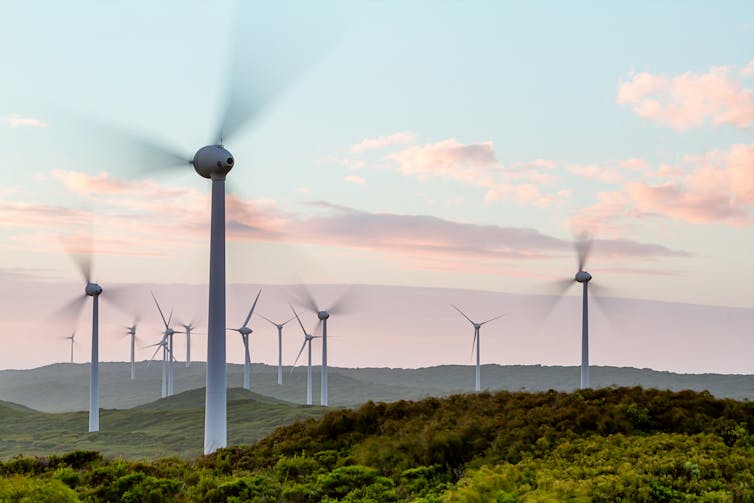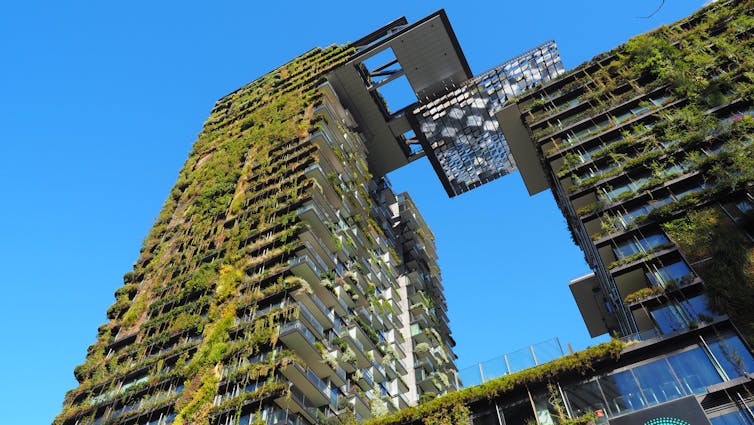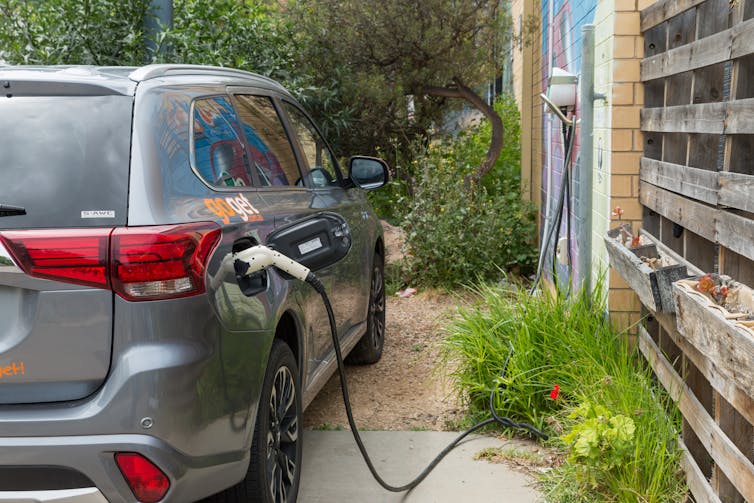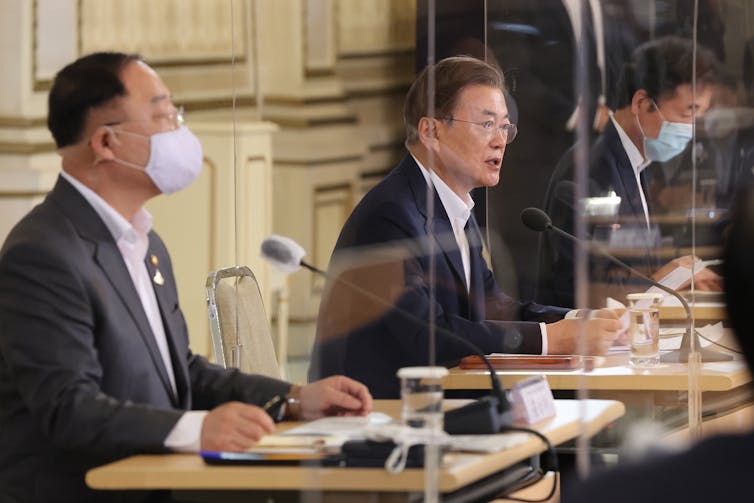Source: The Conversation (Au and NZ) – By Anna Malos, Australia – Country Lead, ClimateWorks Australia
Prime Minister Scott Morrison on Monday acknowledged what many Australian businesses, investors and others have long known: the global economy is transitioning to net-zero emissions, and so too must Australia.
Morrison said the nation should get to net-zero “as soon as possible”, and preferably by 2050. We welcome this move – a net-zero goal will provide clarity, lift ambition and create focus. But Morrison must back the rhetoric with investment and policy commensurate with the task.
We are researchers at ClimateWorks, an independent advisory body based at Monash University. For much of the past decade, we have investigated how Australia can reach net-zero emissions.
The transition will require targeted government spending and specific, forward-thinking policies for each sector. Without this, Australia risks missing the opportunities being seized by our international peers.

Australia needs a game plan
Experts say developed economies such as Australia should aim to achieve net-zero emissions by 2050 to meet their commitments under the Paris climate deal. The target must be achieved earlier if the world is to limit global warming to 1.5℃, beyond which catastrophic climate change is predicted.Our research last year examined mature and emerging technologies, and found Australia could reach net-zero by 2035. Here, we set out a possible course.
Australia boasts world-beating wind and solar energy and plentiful mineral resources. That means we could produce green steel, aluminium and hydrogen and export it to the world.
Read more: View from The Hill: Now Scott Morrison’s ‘preference’ is for net zero emissions by 2050
The Morrison government has good foundations on which to continue the clean transition. For example, the Australian Renewable Energy Agency (ARENA) and Clean Energy Finance Corporation (CEFC) have proven effective vehicles for government investment. And the Emissions Reduction Fund, while far from perfect, creates a framework that could be scaled up.
The government also has state government partners and businesses willing to cooperate on climate action. And current low interest rates are good news for governments wanting to borrow to invest.
The Morrison government must now develop a more comprehensive approach to emissions reduction across all sectors of the economy. This should include:
-
using its purchasing power to stimulate demand for clean technologies. This might mean transitioning to all-electric government fleet cars and net-zero energy offices, and requesting net-zero options in government tenders
-
ensuring all federal government spending is assessed for its contribution to the net-zero transition
-
designing “decarbonisation roadmaps” for each sector of the economy in partnership with industry
-
setting higher energy efficiency standards in buildings, industry and transport.

Time to hit the accelerator
Economically feasible technologies for zero-emissions already exist across the economy. Now the task is to dramatically scale up.
In Australia’s electricity sector, renewable energy generation is being installed at record rates. Yet as Australia’s ageing coal-fired generation retires, more investment and national policy is needed to ensure reliability and a smart, flexible grid.
This includes incentives for better energy management, storage and transmission. The transition to a fully renewable electricity sector would unlock emissions reductions in other sectors that are big electricity users – especially buildings, transport and industry.
Buildings can be more energy efficient and fully electrified, producing lower energy bills and more comfort for users. Doing this in existing buildings can be complex, but state energy efficiency schemes are a start.
For transport, the solutions are well-established overseas. In Norway, for example, electric vehicles comprise 60% of new car sales.

Where the challenges lie
For industry, challenges exist in transitioning from old technologies and scaling up new ones. However clean technologies are emerging and some businesses are looking to invest. For example, Andrew “Twiggy” Forrest wants his Fortescue Metals Group to pilot renewable hydrogen to produce green steel.
The federal government’s Technology Investment Roadmap and $A1.3 billion Modern Manufacturing Initiative are a useful start, but don’t go far enough. The roadmap, for example, sets “stretch goals” for low-emissions steel and aluminium, but no timeframes or comprehensive plans.
The government should implement policies tailored to each sector. It could follow the lead of the British government, which is considering a sustainable aviation fuel mandate by 2025.
In Australia, major businesses are partnering with each other and research organisations to investigate net-zero pathways for industries such as steel, aluminium and chemicals. But other national governments are investing in these measures far more heavily than Australia’s.
If Australia wants to be globally competitive, it must match the net-zero ambition and technology investment of our international peers. The United Kingdom, for example, has laid out sector strategies for a green industrial revolution. And South Korea’s Green New Deal involves a US$61.9 billion (A$81.3 billion) investment targeting the creation of 659,000 by 2025.

The art of the possible
In the post-pandemic economy, stimulus measures for zero-emissions technologies could provide a “triple dividend” – address climate change, strengthen the economy and create jobs.
In his first few weeks on the job, US President Joe Biden has shown the breadth of action possible to shift to a net-zero economy. Australia, if it dramatically scales up action, can get there too.
As Morrison said this week, the central question about achieving net-zero was “not when, it’s how”. Most parts of the economy already know how. Now it’s time to put the theory into action.
Read more: Biden’s Senate majority doesn’t just super-charge US climate action, it blazes a trail for Australia
– ref. Scott Morrison has embraced net-zero emissions – now it’s time to walk the talk – https://theconversation.com/scott-morrison-has-embraced-net-zero-emissions-now-its-time-to-walk-the-talk-154478







